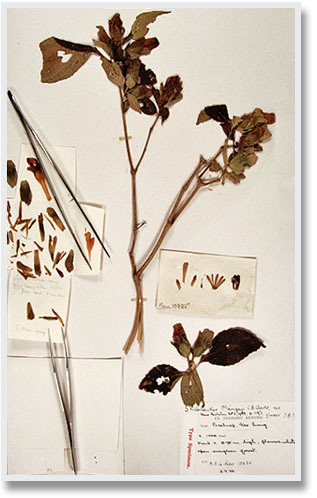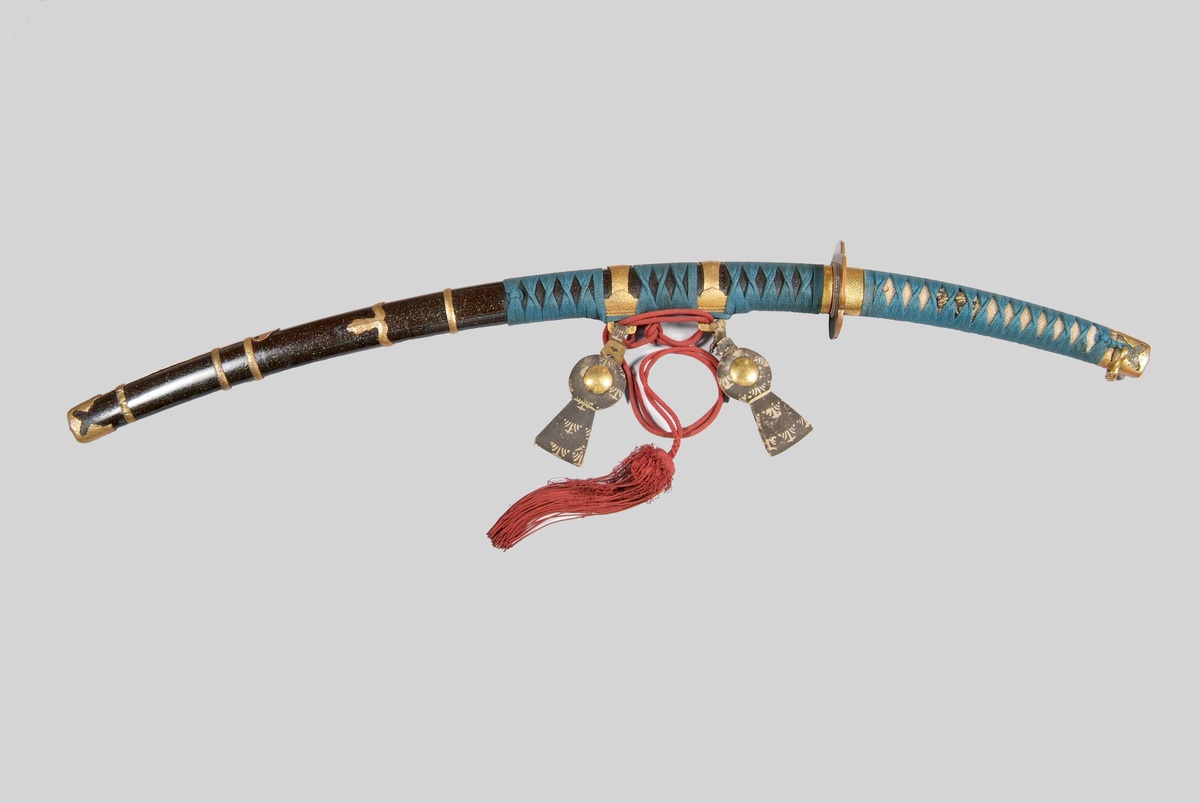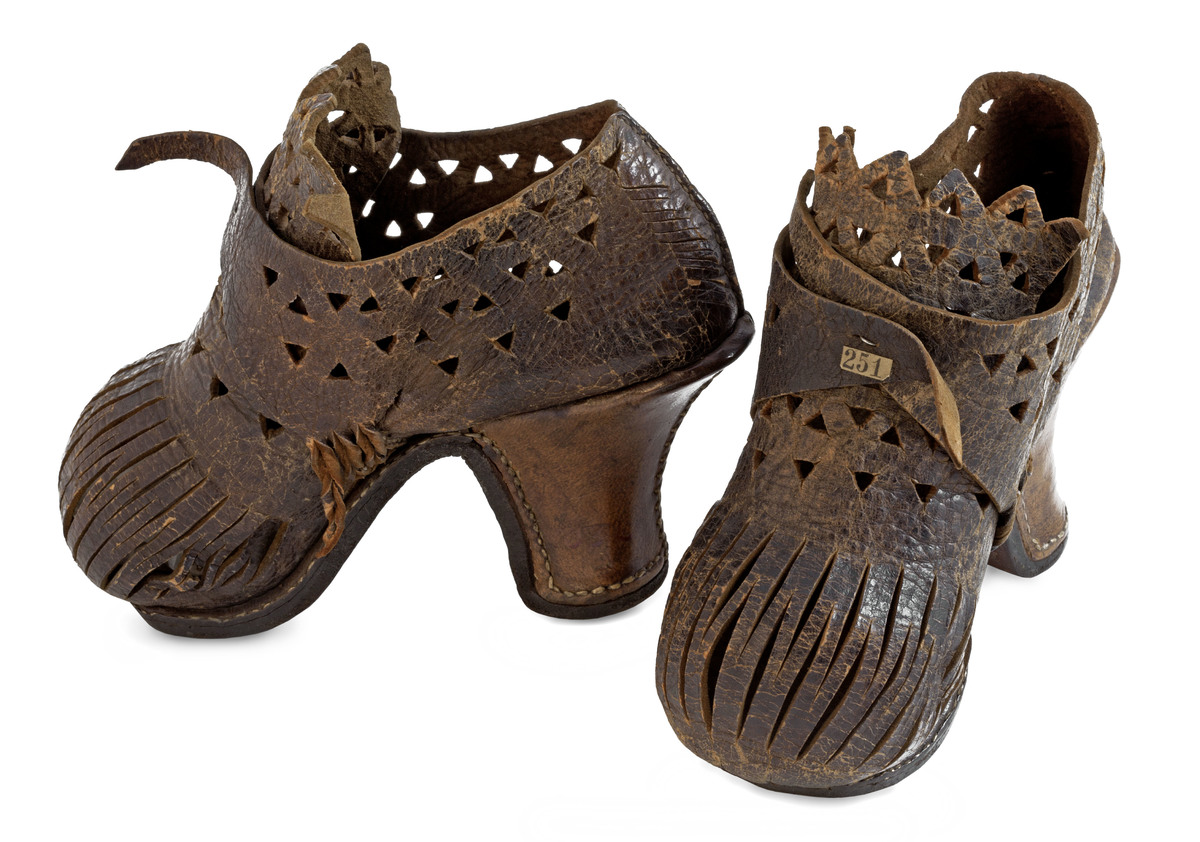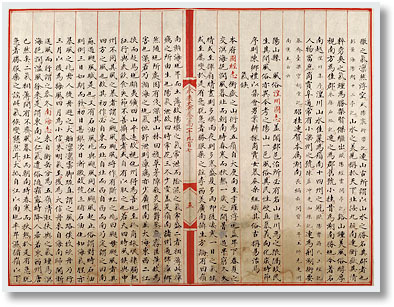Connections to East Asia
The University of Aberdeen has had connections with East Asia for hundreds of years.
Staff and students have collected items from East and South-East Asia for research, teaching and out of curiosity. These objects have since been distributed throughout the University Museums' collections.
Strobilanthes maingayi C.B. Clarke, var glaber J.B.I. Thailand, type specimen
(Image by James Byng, 2008.)
The Herbarium holds an internationally recognized collection of the flora of Thailand, second only to a collection in that country. Arthur Francis George Kerr (1877-1942) collected most of the 22,000 specimens under the guidance of Professor William G. Craib, lecturer in Forest Botany at the University of Edinburgh and later at Aberdeen. Further work has since been done by Dr Euphemia Barnett, Assistant to Professor Craib while at Aberdeen. Barnettia (Bignoniaceae) was named by Dr Santisuk in her honour. The Herbarium was visited by Princess Maha Chakri Sirindhorn of Thailand in 1995.
Sword & scabbard, curved blade, white shark-skin handle, Japan
ABDUA:39245
Pair of shoes with a very small rounded toe space, probably for wearing with bound feet
ABDUA:64897
Marischal Museum holds over 161 items from Japan which include excellent examples of Samurai armour gifted by John Milne Stewart, as well as swords, a Japanese compass, statuettes and domestic items. Examples of volcanic ash and rock from Japan are held in the Geology collection as well as historical papers, prints, correspondence and photographs in the University collections. Some of the items from Japan held in the University collections were featured in the major exhibition at Aberdeen Art Gallery in 2007, The Land of the Samurai.
Although western interest in the “Orient” dates back to the early 12th century, it grew especially during the late 19th century.The University of Aberdeen collections consist of materials purchased and bequeathed by several different collectors, with over 250 items including a shoe collection from Archibald L. Thorpe, Mrs Edith Buthley’s costume and dress collection, and military weaponry from Dr Mackworth.There are also two preserved anatomical examples of the now illegal and barbaric late Imperial Chinese tradition of breaking and binding women’s feet to give the appearance of small size. Known as lotus feet, they were considered a status symbol and the height of feminine beauty. It was a painful practice that limited the mobility of women and resulted in lifelong disabilities.
Page from the Yongle Dadian
In addition to the cultural objects, the University collections holds an extensive collection of historical archives and books such as part of the Yongle Dadian or Great Encyclopaedia of Yung Lo. Named after the reign of the third Emperor Ming (1402-1424), the Yongle Dadian is the result of the largest early bibliographic project by any civilization. It was commissioned by Emperor Ming and aimed to preserve all known literature. The University holds Section 11,907, part 18 of the Yongle Dadian in its original 16th century binding.




